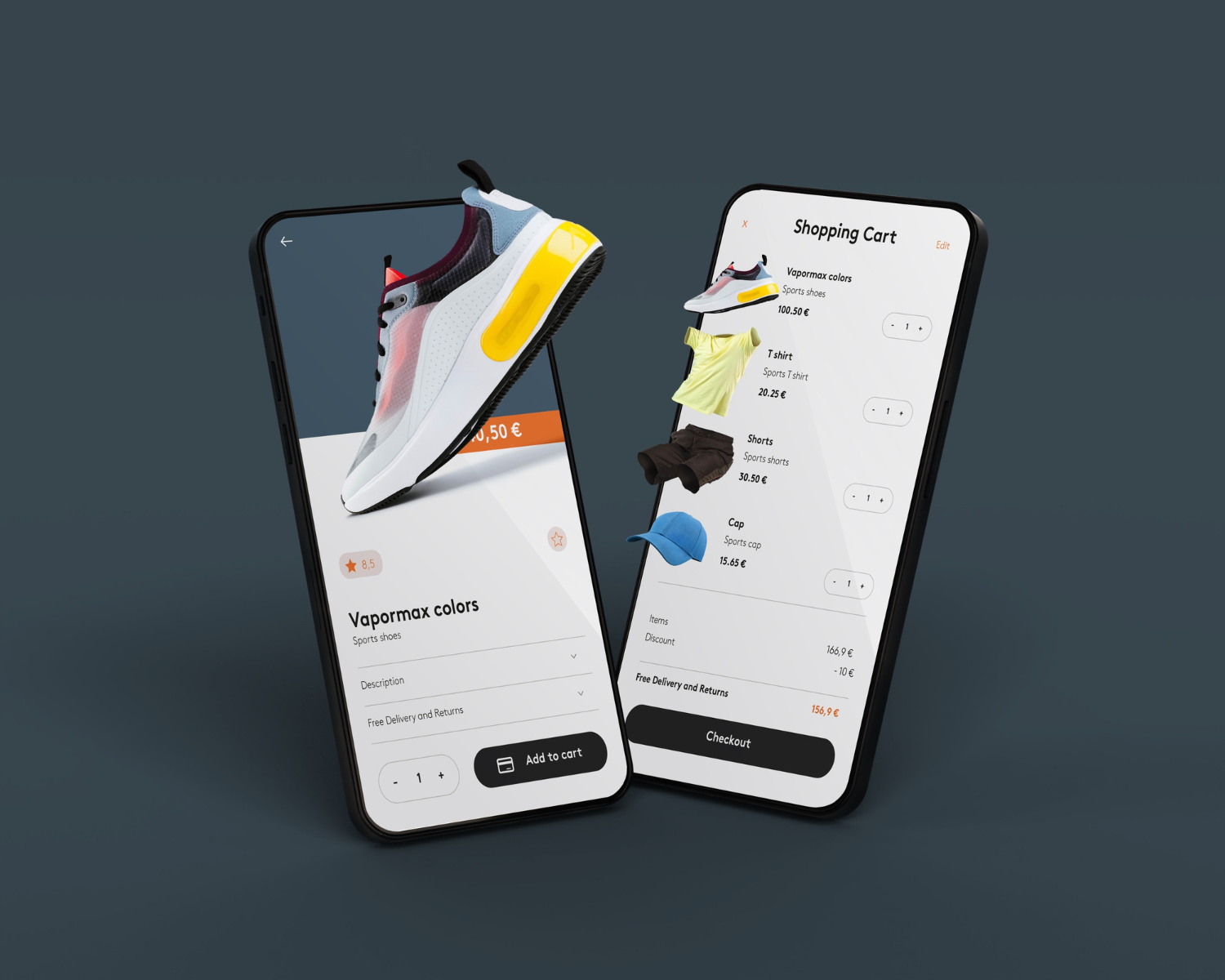In today’s digital era, companies are revolutionizing the financial industry by leveraging technology to offer innovative solutions and services. However, with increasing competition, effective marketing tactics are essential to stand out from the crowd and capture the attention of potential customers. This article will delve into the most successful Fintech marketing tactics that have proven to drive growth, enhance customer engagement, and foster long-term success.
What is Fintech Marketing?
Fintech marketing encompasses strategies and techniques financial technology companies use to promote their products and services. It uses digital channels, technology, and data to reach target audiences and increase conversions. This marketing focuses on creating value propositions, building trust, and emphasizing the benefits of using technology-based financial solutions. Financial services companies can tailor their marketing efforts to deliver relevant and compelling solutions by understanding the unique needs and pain points of the target audience.
One of the critical aspects of this area is the emphasis on utilizing digital channels and technology to engage with target audiences. Firms use various online platforms and marketing strategies such as websites, mobile apps, social media, and search engines to attract and engage potential clients meaningfully.
Data-driven strategies play a critical role in marketing. By analyzing user data and market trends, firms can identify customer preferences, anticipate their needs, and deliver personalized experiences. This data-driven approach allows businesses to tailor their messaging, targeting, and product offerings, maximizing customer engagement and increasing conversions.
Successful marketing campaigns often involve a deep understanding of the pain points and challenges of the target audience.
Furthermore, marketing often focuses on building trust and establishing credibility. The financial industry is highly regulated, and clients are understandably cautious when adopting new financial technologies. Companies must invest in building a solid brand reputation, offering secure and compliant solutions, and providing transparent information about their products and services. Building trust is vital to gaining customer confidence and fostering long-term relationships.
Making Your Product Mobile
Mobile devices have become an integral part of people’s lives in the digital age. Fintech companies must ensure that their products and services are optimized for mobile platforms to meet the growing demand for convenience and accessibility. By offering mobile apps or responsive websites, companies can provide users with seamless access to financial services.
Mobile apps often include account management, transaction tracking, secure payments, and personalized notifications. Businesses can increase user engagement and loyalty by empowering users to manage their finances, make transactions, and stay up-to-date on their financial activity via mobile devices.
Optimizing your product for mobile devices is crucial with the growing popularity of smartphones and mobile apps. A seamless mobile experience allows customers to access services anytime, anywhere simplifies financial management. Mobile apps must be user-friendly and secure, offering features such as account access, payment options, transaction tracking, and personalized notifications to increase convenience and engagement. Utilizing mobile technology allows businesses to cater to the preferences and lifestyles of their clients, resulting in increased customer engagement and satisfaction.
Branding
Building a strong brand is essential for Fintech firms to establish customer credibility and trust. Clear and consistent branding elements, including logo, tagline, color scheme, and tone of voice, help create a recognizable and memorable brand identity. A strong brand should reflect the company’s values, differentiate it from competitors, and resonate with the target audience. Businesses should focus on delivering a seamless and trustworthy experience to strengthen their brand image. Building brand loyalty through excellent customer service, transparent communication, and consistent product performance can drive customer retention and advocacy.
Social Networking
Social media platforms provide an excellent avenue for Fintech companies to engage with their target audience, build a community, and promote their offerings. Companies can establish thought leadership and gain followers by creating valuable and educational content, sharing industry insights, and addressing customer queries. Social networking platforms also offer targeted advertising options that allow firms to reach specific demographics and increase brand visibility. Engaging with customers through social media fosters a sense of community, enables direct communication, and allows for real-time feedback, ultimately building stronger customer relationships.
Advertising
Digital advertising is essential in marketing, allowing companies to reach a broad audience and generate leads. In particular, digital advertising offers several effective strategies to target specific audiences and maximize return on investment. Here are some critical digital advertising tactics used by companies:
- Pay-Per-Click (PPC) Advertising: PPC advertising allows companies to display ads on search engine result pages or other relevant websites, and they only pay when users click on their ads.
- Display ads utilize visual elements, such as banners or interactive ads, to capture the attention of potential customers while they browse websites or use mobile apps. Companies can leverage programmatic advertising platforms that use real-time bidding and algorithms to display ads to the most relevant audience.
- Social media platforms have become integral to people’s lives, making them a fertile ground for Fintech advertising. Platforms like Facebook, Instagram, LinkedIn, and Twitter offer sophisticated advertising options that allow companies to target specific demographics, interests, and behaviors.
Gamification
Gamification techniques can increase user engagement and encourage desired behavior in Fintech applications. Firms can make financial management and training more enjoyable for users by introducing elements of competition, rewards, and achievements. Features such as progress tracking, tasks, and badges can motivate clients to actively use apps, learn financial literacy, and develop healthier financial habits. Gamification increases user retention, helps stimulate positive economic behavior, and strengthens long-term customer relationships.
Gamification has become a powerful marketing strategy because it uses a person’s inherent desire for competition, achievement, and rewards to increase user engagement and stimulate desired behavior. By integrating game elements into applications and platforms, companies can make financial management and training more interactive, enjoyable, and motivating for users.
One of the key benefits of gamification in Fintech is its ability to increase user retention. By incorporating features such as progress tracking, challenges, and leaderboards, companies can create a sense of achievement and progression for users. Users are more likely to stay engaged and continue using the app when they feel a sense of accomplishment and can visualize their progress over time. This increased engagement leads to higher user retention rates and reduces the likelihood of users abandoning the platform.
Gamification also plays a crucial role in driving positive financial behaviors. Many individuals struggle with managing their finances effectively, and gamification offers a solution by making the process more engaging and rewarding. Using gamified features, Fintech apps can encourage users to save more, budget virtually, invest wisely, and make informed financial decisions. For example, users can be rewarded with virtual currency or badges for achieving savings goals, completing financial education modules, or making smart investment choices. This motivates users to take control of their finances and provides a sense of accomplishment and progress.
Content Marketing
Content marketing is a powerful tactic for companies to educate, engage, and attract potential clients. Creating high-quality content, such as blog articles, videos, e-books, and webinars, that address financial pain points, offer solutions, and showcase industry expertise can position companies as trusted advisors. Content marketing allows Fintech companies to establish thought leadership, build credibility, and gain the trust of their target audience. By providing valuable and relevant content, Fintech companies can attract potential customers, nurture existing leads, and drive conversions. Content marketing also helps improve search engine visibility, drive organic traffic, and nurture leads through targeted email campaigns.
User Experience Optimization
Fintech companies must prioritize user experience optimization to ensure that their products and services are intuitive, seamless, and easy to use. Streamlined user interfaces, straightforward navigation, and minimal steps for completing tasks are essential for enhancing customer satisfaction and reducing friction in the user journey. User experience optimization also involves continuous testing, gathering user feedback, and incorporating iterative improvements based on user behavior and preferences. By prioritizing user experience, Fintech companies can differentiate themselves from competitors and drive customer loyalty.
Personalization and Data-driven Insights
Fintech companies have access to vast amounts of data that can be utilized to deliver personalized experiences and insights to their clients. By leveraging data analytics, Fintech companies can gain valuable insights into customer behavior, preferences, and needs. This data can be used to offer personalized recommendations, targeted promotions, and customized financial solutions that align with individual customer goals. Personalization enhances the customer experience, fosters trust, and increases the likelihood of repeat business.
Partnerships and Collaborations
Collaborating with other companies, financial institutions, or technology providers can be a powerful tactic to expand their reach, access new markets, and enhance their offerings. Partnerships allow companies to leverage each other’s expertise, resources, and customer bases to create mutually beneficial relationships. Collaborations include integrating complementary services to co-marketing initiatives, joint product development, or distribution agreements. Strategic partnerships help companies to accelerate growth, enhance their value proposition, and stay competitive in a rapidly evolving industry.
Conclusion
In the dynamic landscape of Fintech, implementing successful marketing tactics is essential for companies to thrive and stay ahead of the competition. By embracing mobile technology, focusing on branding, leveraging social networking, utilizing targeted advertising, incorporating gamification, implementing content marketing strategies, optimizing user experience, personalizing offerings, and fostering partnerships, companies can create impactful marketing campaigns that drive growth, enhance customer engagement, and promote long-term success. As the Fintech industry evolves, staying agile, innovative, and customer-centric in marketing approaches will be critical to sustained success.






